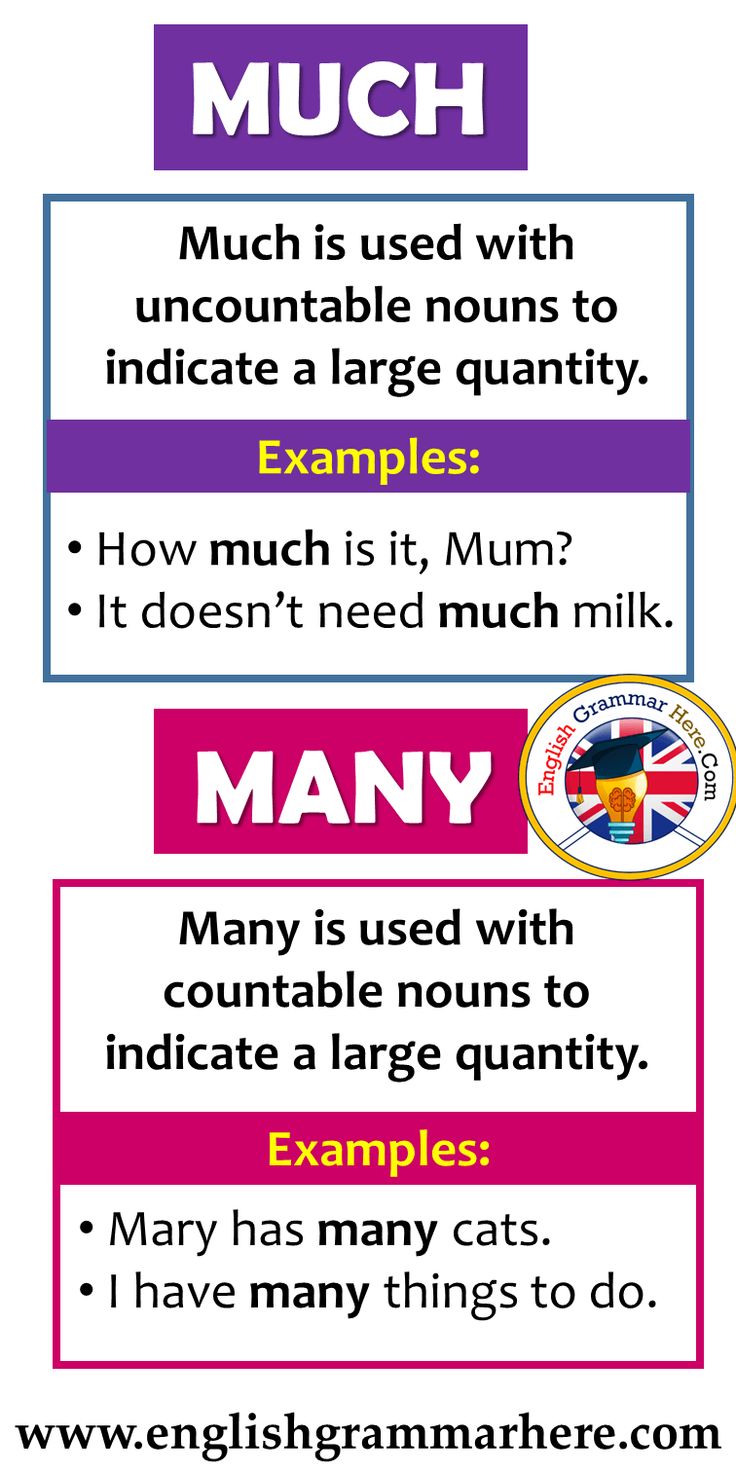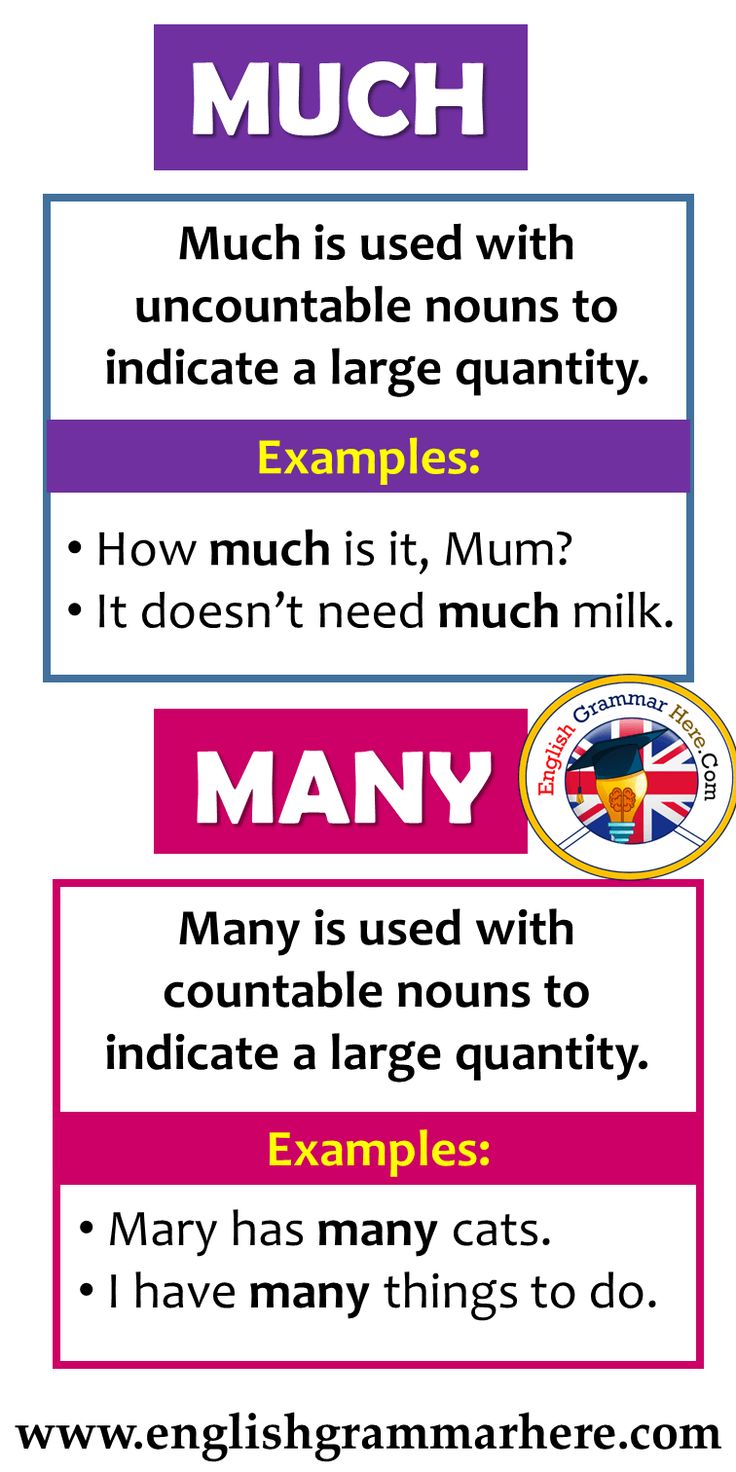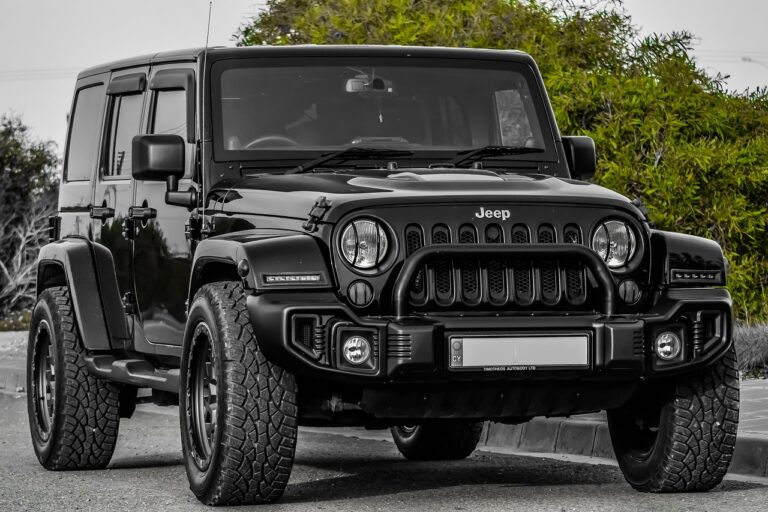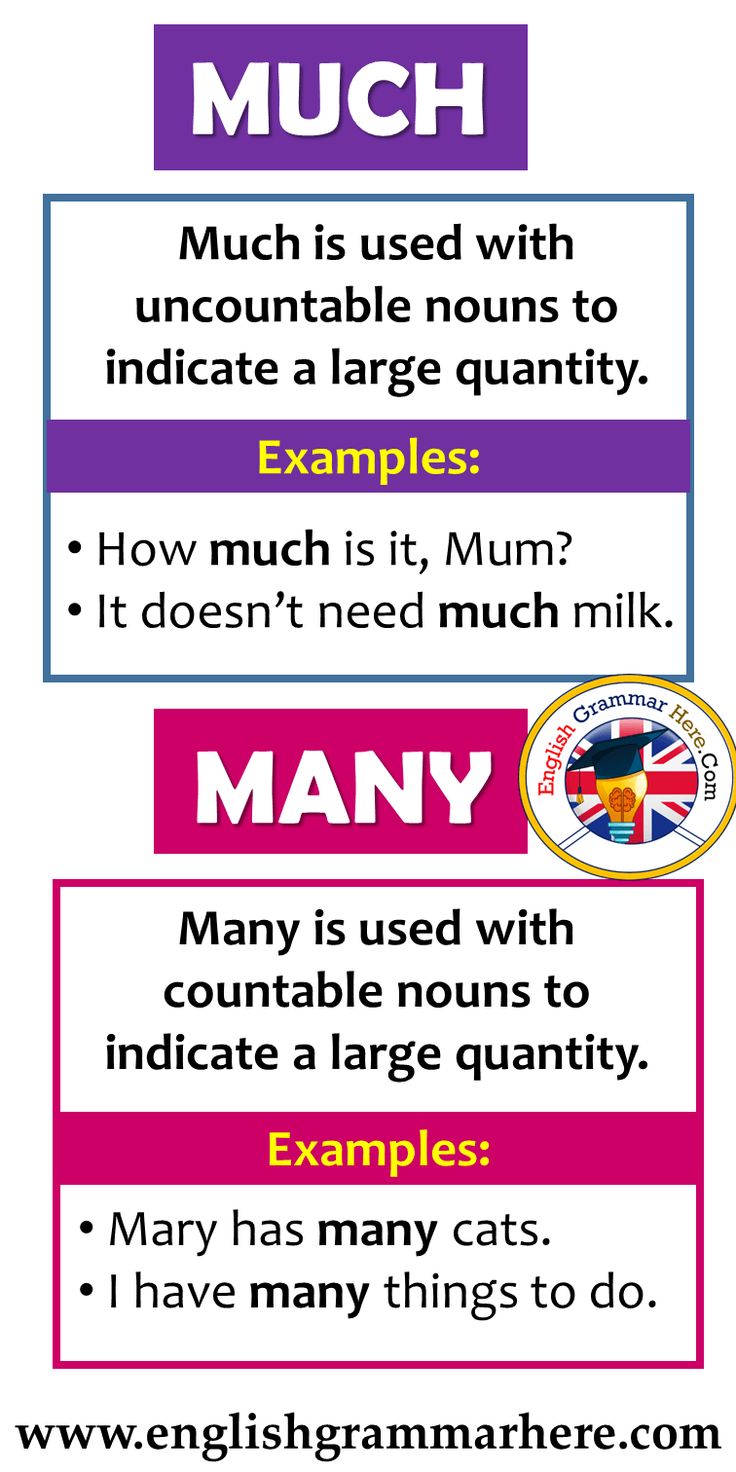How Much Does A Jeep Wrangler Depreciate Each Year
How Much Does A Jeep Wrangler Depreciate Each Year jeeps.truckstrend.com
Buying a new vehicle is often accompanied by the immediate realization that its value begins to drop the moment it leaves the dealership lot. This phenomenon, known as depreciation, is a significant financial consideration for any car owner. However, not all vehicles depreciate equally. Some plummet in value like a stone, while others hold their worth with surprising tenacity. Among the latter, the Jeep Wrangler stands out as a unique anomaly in the automotive world, consistently defying typical depreciation trends.
Understanding how much a Jeep Wrangler depreciates each year is crucial for prospective buyers and current owners alike. For buyers, it helps in making informed decisions about new versus used purchases and budgeting for long-term ownership costs. For owners, it provides insight into the potential resale value of their beloved off-roader. This comprehensive guide will delve into the intricacies of Jeep Wrangler depreciation, exploring the factors that influence it, typical annual rates, and strategies to maximize its enduring value.
How Much Does A Jeep Wrangler Depreciate Each Year
The Unconventional Depreciation Curve of the Jeep Wrangler
Most vehicles follow a predictable depreciation curve: a sharp drop in the first year, followed by a more gradual decline over subsequent years, eventually leveling off. The Jeep Wrangler, however, writes its own rules. While it still experiences an initial depreciation hit like any new car, its subsequent value retention is remarkably strong, often outperforming many luxury vehicles and even other popular SUVs.
This unconventional trend is not accidental. It’s a direct result of several inherent characteristics that make the Wrangler a highly sought-after and unique vehicle. Its legendary off-road capability, iconic design, strong brand loyalty, vast aftermarket customization potential, and a consistent demand for both new and used models contribute to its exceptional resale value. The Wrangler isn’t just a car; it’s a lifestyle, an adventure machine, and a symbol of freedom, qualities that translate directly into sustained market desirability.
Key Factors Influencing Jeep Wrangler Depreciation
While the Wrangler generally holds its value well, not all models and conditions are equal. Several factors can significantly influence the specific depreciation rate of an individual Jeep Wrangler:
1. Model Year and Generation

Newer models (e.g., JL generation) will naturally experience the steepest initial depreciation. Older generations (JK, TJ, YJ) have already taken their significant hits and tend to depreciate at a much slower rate, often stabilizing in value, especially well-maintained examples. The introduction of new features, engines (like the 4xe hybrid), or significant redesigns can also affect the value of preceding models.
2. Trim Level and Features
Higher trim levels, such as the Rubicon or Sahara, often hold their value better than base Sport models. This is due to their enhanced capabilities (e.g., better off-road gear on the Rubicon) and creature comforts, which are desirable in the used market. Specific optional extras can also play a role. A factory hardtop, for instance, generally adds more resale value than a soft top alone, and certain engine choices (like the diesel or V8 in specific models) can become highly desirable.
3. Mileage
As with any vehicle, mileage is a primary determinant of depreciation. A Wrangler with significantly higher mileage for its age will naturally be worth less than one with lower mileage. Each additional mile adds wear and tear, and buyers often perceive higher-mileage vehicles as having a shorter remaining lifespan or requiring more immediate maintenance.

4. Condition and Maintenance History
A well-maintained Wrangler with a clean title and a complete service history will always command a higher price and depreciate slower than one that has been neglected, involved in accidents, or poorly repaired. Rust, common in older Wranglers, can significantly impact value. Even minor dents, scratches, or interior wear can add up.
5. Market Demand and Economic Climate
The overall automotive market and broader economic conditions play a role. During periods of high demand for used vehicles or when new car production is limited, used Wrangler values can see an artificial boost. Conversely, rising fuel prices might slightly dampen demand for less fuel-efficient models, though the Wrangler’s niche appeal often insulates it from severe impacts.
6. Location

Regional demand can influence value. Wranglers might hold their value exceptionally well in areas with strong off-roading cultures or challenging weather conditions where 4×4 capability is prized.
7. Color and Modifications
While subjective, certain colors (e.g., black, white, silver) tend to be more universally appealing and might depreciate less than very niche or vibrant colors. Modifications are a double-edged sword: high-quality, tasteful, and functional modifications (like a reputable lift kit or winch) can add value for the right buyer, but extreme, poorly executed, or highly personalized mods can significantly limit the buyer pool and hurt resale value.
Typical Depreciation Rates for Jeep Wranglers (Year-by-Year Breakdown)
While exact figures fluctuate based on the factors above and market dynamics, we can provide a general estimation of how a Jeep Wrangler typically depreciates over its first few years. It’s important to remember these are averages and your specific vehicle’s depreciation may vary. We’ll assume an initial MSRP of approximately $40,000 for a moderately equipped new Wrangler.
| Year of Ownership | Cumulative Depreciation Percentage (Approx.) | Remaining Value Percentage (Approx.) | Estimated Value (Based on $40,000 MSRP) | Notes |
|---|---|---|---|---|
| Year 1 | 15% – 20% | 80% – 85% | $32,000 – $34,000 | The steepest drop occurs here, primarily due to the "new car premium" vanishing. |
| Year 2 | 23% – 30% | 70% – 77% | $28,000 – $30,800 | Depreciation rate slows down. |
| Year 3 | 29% – 38% | 62% – 71% | $24,800 – $28,400 | Often a sweet spot for used car buyers as significant depreciation has occurred. |
| Year 4 | 34% – 45% | 55% – 66% | $22,000 – $26,400 | Continues to decline, but the annual percentage drop is much smaller than Year 1. |
| Year 5 | 38% – 51% | 49% – 62% | $19,600 – $24,800 | By this point, the rate of depreciation significantly flattens out. |
| Year 6-10+ | 45% – 60%+ | 40% – 55%+ | $16,000 – $22,000+ | Value stabilizes; depreciation becomes minimal year-over-year for well-maintained models. |
Note: These figures are estimates and can vary significantly based on the specific model, trim, condition, mileage, and prevailing market conditions. Higher-end trims like the Rubicon often fall on the lower end of the depreciation percentage, while base Sports might be on the higher end.
Comparing Wrangler Depreciation to Other SUVs
When pitted against other SUVs, the Jeep Wrangler consistently stands out for its superior value retention. Many mid-size SUVs and crossovers depreciate significantly faster, often losing 40-50% of their value within the first three years. Even some luxury SUVs, despite their higher initial price tags, can see sharper declines.
For instance, a typical SUV might lose 25-30% in its first year and 40-50% by its third year. The Wrangler’s ability to retain 60-70% of its value after three years is a testament to its unique market position and desirability. This strong resale value makes it an attractive proposition for those concerned about the total cost of ownership, as the depreciation hit is considerably less severe than for many competitors.
Strategies to Mitigate Jeep Wrangler Depreciation
While some depreciation is inevitable, there are actionable steps Wrangler owners can take to preserve their vehicle’s value:
- Meticulous Maintenance: Follow the manufacturer’s recommended service schedule rigorously. Keep all service records. A comprehensive history demonstrates care and attention.
- Keep it Clean and Protected: Regularly wash and wax your Wrangler to protect the paint. Address any rust promptly. Keep the interior clean and free from excessive wear and tear.
- Drive Sensibly: While Wranglers are built for adventure, excessive off-road abuse or reckless driving can lead to damage that hurts resale value.
- Choose Popular Configurations: While personalization is fun, widely appealing colors and configurations (like a hardtop) tend to have broader market appeal when it’s time to sell.
- Be Mindful of Modifications: If you modify your Wrangler, do so with high-quality parts from reputable brands. Keep original parts if possible. Extreme or poorly installed modifications can drastically reduce your potential buyer pool and negatively impact value.
- Limit Mileage: The less you drive, the slower the mileage accumulates, helping preserve value.
- Address Recalls and Issues Promptly: Ensure all safety recalls are addressed by a certified dealer.
- Sell at the Right Time: Understand market trends. Selling when demand is high or before a major redesign can be beneficial.
When is the Best Time to Buy a Used Jeep Wrangler?
For buyers looking to capitalize on depreciation without buying a completely new vehicle, the sweet spot for a used Jeep Wrangler often falls within the 3-to-5-year-old range.
- 3-Year-Old Wranglers: By this age, the initial steepest depreciation has occurred (around 30-38% from new). The vehicle is still relatively modern, often still under powertrain warranty, and has many good years of service left. You get a significant discount without sacrificing too much in terms of features or reliability.
- 5-Year-Old Wranglers: At this point, the depreciation curve has significantly flattened, and you’re getting a vehicle for roughly half its original MSRP (or even less for base models). While it might be out of warranty, well-maintained Wranglers are known for their longevity, making them a solid used purchase if a thorough pre-purchase inspection is conducted.
Buying older than 5 years can also be a good deal, but you’ll need to be more diligent about maintenance history and potential wear-and-tear issues.
Conclusion
The Jeep Wrangler occupies a unique and enviable position in the automotive market when it comes to depreciation. While no vehicle is immune to losing value, the Wrangler consistently demonstrates exceptional resilience, often retaining a significantly higher percentage of its original price compared to most competitors. This strong value retention is a testament to its iconic status, unparalleled off-road prowess, and passionate community.
For both current owners looking to maximize their resale value and prospective buyers seeking a smart investment, understanding the nuances of Wrangler depreciation is key. By being mindful of factors like trim level, condition, mileage, and intelligent modifications, you can ensure that your adventure-ready Jeep remains a financially sound and incredibly fun vehicle to own for years to come. The initial investment in a Wrangler often pays dividends down the road, making it not just a vehicle, but a wise asset.
Frequently Asked Questions (FAQ)
Q1: Do Jeep Wranglers hold their value well?
A1: Yes, exceptionally well. Jeep Wranglers are renowned for their strong resale value and generally depreciate much slower than the average vehicle.
Q2: Which Jeep Wrangler models depreciate the least?
A2: Generally, higher trim levels like the Rubicon and Sahara tend to hold their value better due to their enhanced features and desirability. Two-door models can also hold value strongly for a specific niche. Models with desirable options like a hardtop or specific engine choices also fare well.
Q3: What is the average depreciation for a new Jeep Wrangler in its first year?
A3: A new Jeep Wrangler typically depreciates between 15% and 20% in its first year, which is the steepest drop it will experience. This is less than the industry average for most vehicles.
Q4: Does mileage significantly affect Jeep Wrangler depreciation?
A4: Yes, mileage is one of the most significant factors affecting depreciation. Higher mileage for the vehicle’s age will lead to greater depreciation.
Q5: Is it better to buy a new or used Jeep Wrangler for better value?
A5: For maximizing value and minimizing depreciation loss, buying a used Jeep Wrangler (especially one that is 3-5 years old) is generally a better financial decision. The initial owner absorbs the steepest depreciation hit.
Q6: Do modifications hurt a Jeep Wrangler’s resale value?
A6: It depends. High-quality, functional, and universally appealing modifications (e.g., reputable lift kits, winches) can sometimes add value for the right buyer. However, extreme, poorly executed, or highly personalized modifications often limit the buyer pool and can significantly hurt resale value. Keeping original parts is always a good idea.
Q7: How does a Jeep Wrangler’s depreciation compare to other off-road vehicles like the Toyota 4Runner?
A7: Both the Jeep Wrangler and Toyota 4Runner are known for excellent resale value. The Wrangler often has a slight edge in retaining its value due to its unique iconic status, high customizability, and passionate enthusiast community, though the 4Runner is also a top performer in this regard.




